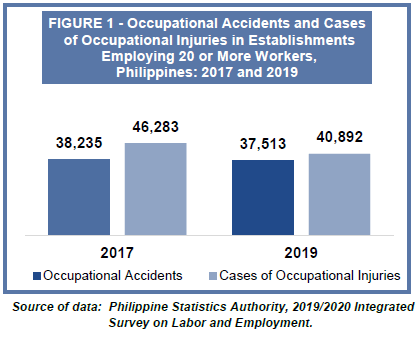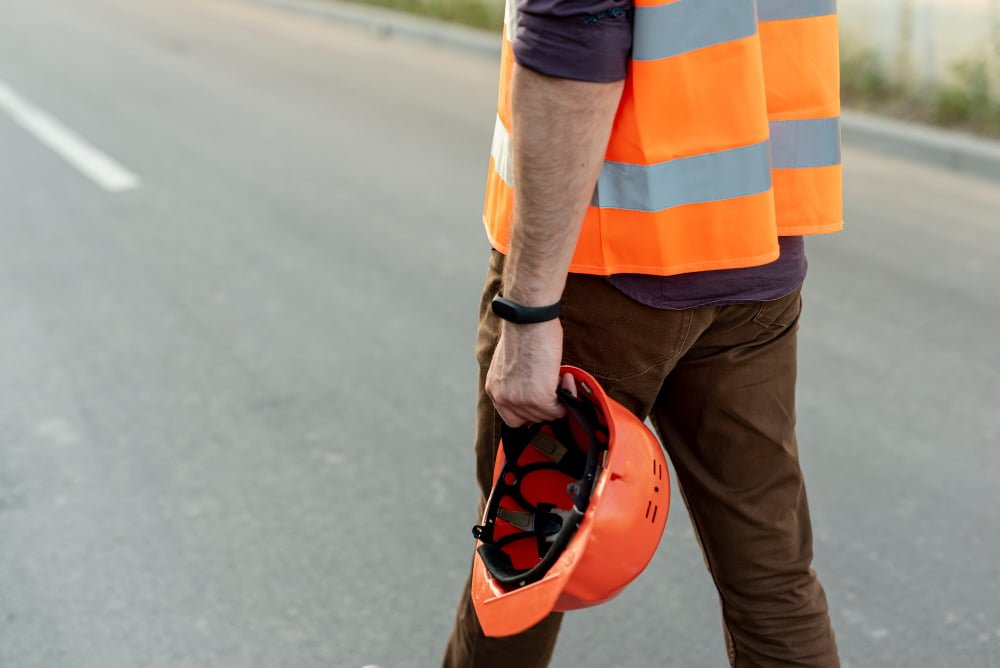The Philippines’ construction industry is crucial for economic growth, but it has long been plagued by unsafe practices and frequent accidents. However, recent efforts to improve Philippines Construction Safety Standards are showing progress. The introduction of new regulations and stricter enforcement is helping to reduce the number of accidents on construction sites.
Read the efforts to address the workers’ safety issues below!
Strengthening Regulations

One major step forward is the implementation of Republic Act No. 11058, which focuses on strengthening Occupational Safety and Health (OSH) standards in the workplace. This law mandates that construction companies follow strict safety procedures. Workers must receive proper training, and companies are required to provide necessary protective gear like helmets, harnesses, and safety boots. These regulations aim to create a safer working environment by ensuring that everyone on a construction site knows how to avoid accidents and injuries.
Another key regulation is Department Order No. 13 Series of 1998. This order sets specific guidelines for ensuring a safe and healthy workplace within the construction industry. It emphasizes regular training for workers and supervisors, which helps them stay up to date on safety protocols. The regulation also stresses the need for construction sites to maintain and use proper equipment, making sure that tools and machinery are safe to use. By enforcing these regulations, the government is working to reduce the number of workplace injuries and fatalities.
Reducing Accidents with Philippines Construction Safety Standards
Despite these improvements, accidents on construction sites remain a significant problem in the Philippines. The Philippine Statistics Authority’s 2021 Survey revealed that there were 6,061 non-fatal injuries in the construction sector. These injuries could range from minor cuts to more severe incidents that require hospitalization. However, non-fatal injuries are only part of the problem.
More concerning are the fatalities in the construction sector. In 2018, a report from Rappler cited a Department of Labor and Employment (DOLE) official, who revealed that an average of 30 construction workers die each month due to unsafe practices and poor enforcement of safety regulations. These deaths highlight the urgent need for stricter monitoring and better enforcement of existing safety laws. Unsafe scaffolding, improper use of heavy machinery, and a lack of safety harnesses are just a few of the common issues leading to these fatal accidents.
In addition to construction-specific incidents, road accidents are another area of concern. The World Health Organization reported that road traffic deaths in the Philippines increased by 39% over a ten-year period, from 7,938 deaths in 2011 to 11,096 deaths in 2021. Although this increase is not directly related to construction sites, it emphasizes the importance of safety on and around roadways, particularly when construction work disrupts traffic.
The Path Forward
While the Philippine government has made progress in regulating construction safety, there is still much work to be done. Ensuring compliance with Republic Act No. 11058 and Department Order No. 13 Series of 1998 is essential to creating safer construction sites. The key lies in consistent enforcement and regular inspections. Construction companies must take safety seriously and invest in proper training and equipment for their workers. By doing so, the industry can reduce the alarming number of accidents and deaths and protect the workers who are essential to building the nation’s infrastructure.
The Philippines is moving in the right direction when it comes to improving safety standards in the construction industry. Regulations such as Republic Act No. 11058 and Department Order No. 13 have set the foundation for safer workplaces. However, enforcing Philippines Construction Safety Standards and holding construction companies accountable is the next critical step. By reducing accidents and fatalities through stronger safety practices, the country can ensure a safer future for its workers and continue to develop its infrastructure in a responsible manner.

